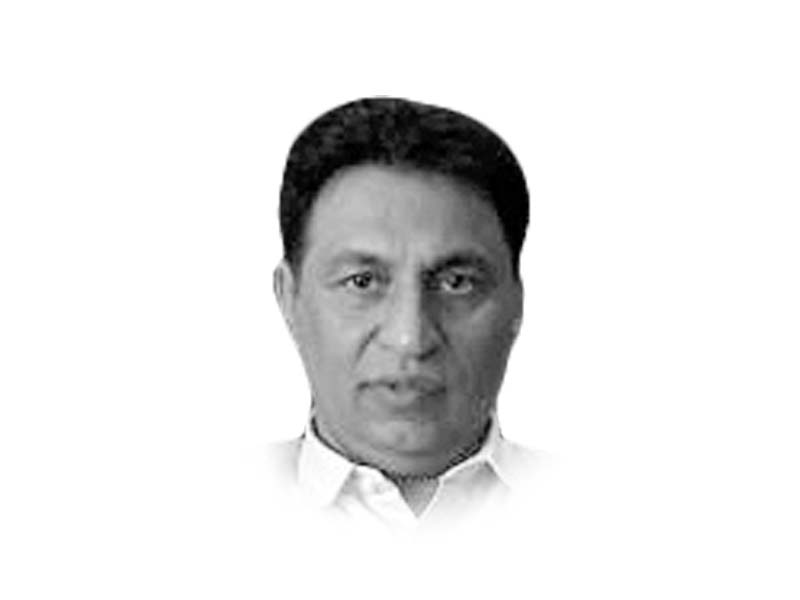
It started later in the British rule when they proceeded to consolidate their Indian Empire on constitutional basis. The British had occupied various states at different periods of history such as Bengal in 1757, Sindh in 1843 and Punjab in 1849 but for their administrative convenience, they created one Indian federation modelled on Australian and Canadian federations. They first enacted Government of India Act, 1919 which was based on diarchy. It had two lists: a transferred one and a reserved one. The control over transferred list was given to provinces and reserved list rested with the viceroy.
This created an anomalous situation which was decried by all and sundry. Political negotiations started to create a viable Indian federation without diarchy (dual) system with self-governing provinces. However, when the Government of India Act, 1935 was enacted, it also contained a concurrent list which was a diluted form of diarchy or duality. Under the provincial part of Government of India Act, 1935 (the Constitution of both India and Pakistan till 1950 and 1956, respectively) elections were held in 1937 and provincial governments were installed in 11 governor’s provinces. (The Indian federation under the Act had eleven governor’s provinces, five chief commissioner’s provinces). The Congress had won elections in 7 out of 11 provinces and formed coalition governments in other provinces. It tried to implement its agenda which was resented by the Muslim League which had no government in any of the provinces.
In the Second World War, Congress refused to be part of the British war effort and resigned from ministries. The Muslim League during the rule of Congress opposed tooth and nail the Congress’ centralised rule in the provinces. It soon espoused the cause of provincial autonomy so that Muslim majority provinces could be saved from the central rule of the Congress. The Congress wanted a centralised government with limited powers to provinces and the Muslim League stood for complete autonomous and sovereign provinces. It wooed the Muslim majority provinces on this slogan.
On 23rd March 1940, it passed a historic resolution in Lahore committing that the provinces would be autonomous and sovereign with Centre having only four subjects of defence, foreign policy, currency and customs. In the Cabinet Mission plan talks, the Muslim League went to the extent of demanding right of secession for provinces after a period of ten years.
Under 3rd June plan in 1947, Muslim majority provinces were given right to become part of either the All India Constituent Assembly or a new and separate Constituent Assembly for Dominion of Pakistan. The provinces now in Pakistan including Bengal passed resolutions (Referendum in KP) to join a new and separate Constituent Assembly which was to frame the Constitution.
Unfortunately, the Constituent Assembly wherein Provinces had joined was dissolved in 1954. A new managed Constituent Assembly was gathered and Establishment of West Pakistan Act was passed in 1955 violating the Partition plan under which five provinces had joined the new Constituent Assembly. The Constitutions of 1956 and 1962 were based on two provinces (East and West Pakistan) instead of five. This centralized rule under both Constitutions (1962 Constitution had no Concurrent list) gave way to widespread resentment.
Sensing danger, Yahya Khan issued LFO in 1969 which said that a National Assembly would be elected which would frame Constitution within 120 days or would stand automatically dissolved. In strict legal terms a Constituent Assembly could not be created by LFO. However, West Pakistan province was abolished and all of its four provinces were restored. The political deadlock ensued as a result the National Assembly could not frame Constitution in 120 days and due to local and international machinations Bengal became a separate state.
The National Assembly of 1970 had 313 members out of which 169 were from Bengal. The remaining 144 set out to create a Federation on the basis of Constitution. It was the most uphill task which the first Constituent Assembly despite legitimacy had failed to perform. Many members in the 1973 Assembly objected to its Constituent status but the government headed by Zulfikar Ali Bhutto embarked on this difficult task and on 14th August, 1973 a new Constitution was written down.
The Constitution of 1973 was an amalgam of the political interests of parties having representation in the Assembly. It had mainly three parts: First, Democratic part vesting executive authority in prime ministers and chief ministers, second, the provincial part with limited autonomy as against the 1940 resolution with concurrent list or dirachy system and, third, Islamic Provisions. Provinces were promised that concurrent list would be abolished after ten years.
However, centralist forces active from 1954 did not even concede to this democratic and limited autonomy regime and struck in 1977 toppling the elected government. Dictator Zia defaced the Constitution and held a gun on non-political Parliament in 1985 to pass his 8th Amendment. The 17th Amendment of the Musharaff regime further defaced the Constitution and political parties joined to restore the Constitution and give promised autonomy to the provinces.
Led by charismatic leader Shaheed Benazir Bhutto, they first signed Charter of Democracy in May 2006 and later brought 18 th amendment to the Constitution in 2010 which Pakistan Peoples Party co-chairman and former president Asif Zardari rightly considers a crowning success for the federation.
Published in The Express Tribune, November 2nd, 2018.
Like Opinion & Editorial on Facebook, follow @ETOpEd on Twitter to receive all updates on all our daily pieces.














































COMMENTS
Comments are moderated and generally will be posted if they are on-topic and not abusive.
For more information, please see our Comments FAQ